On Photography was published in 1977 and ever since has been referred to as the most excellent collection of essays about photography by American writer Susan Sontag. As soon as it came out, her acute judgment of the role of photography in modern society has become a fundamental photography theory book for anyone interested in this visual medium.
The book is has been translated into Vietnamese recently by translator Trinh Lu, and soon to be widely published. Trinh Lu could come off as an unfamiliar name within the photography world, but he has had a long standing career involved with pictures and literature. He is a freelance painter, a distinguished translator with many famous novels under his belt including Norwegian Woods and Life of Pi, who also dabbles in photography during his time working in New York. After an overwhelming number of requests, Trinh Lu decides to read and work on the translation of On Photography in but a few months. Despite being written half a decade ago, the author’s thinking is by no means outdated; they deeply touch on matters of philosophy, society and arts, he says.
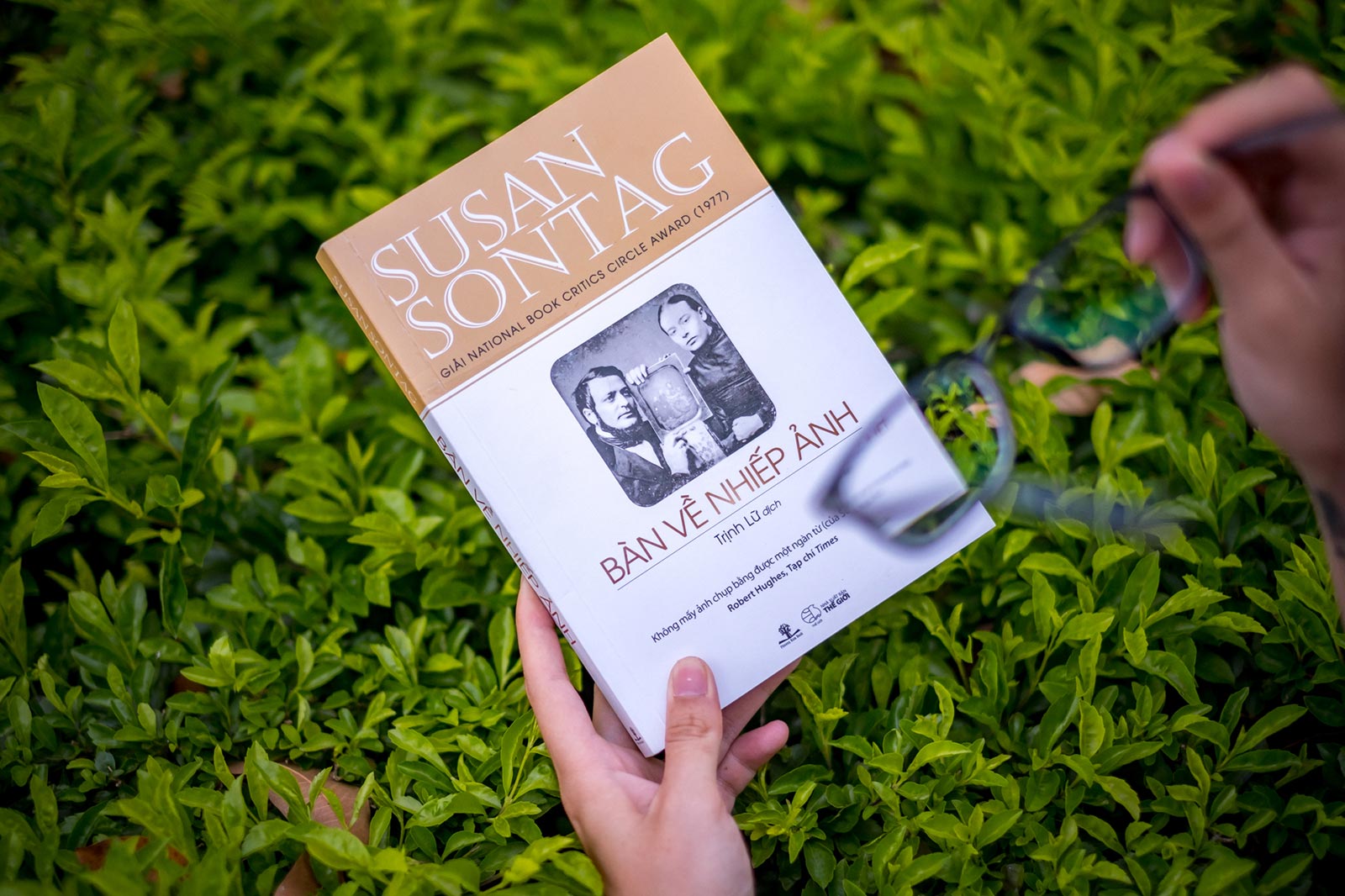
For who pursuing photography as a career, On Photography will help you examine your own practice and provide a fresh view on the power of images. The book is not essential to the image-maker alone but also to viewers, empowering them with the ability to “decode” pictures. This is of particular importance in a culture that is increasingly visual, requiring the public to obtain a certain level of visual literacy.
On Photography discusses works from various Western photographers in the early 20th century, with a rich writing style and avant-guard thinking that could put off those without sufficient curiosity. You cannot crack open the cover with a view to obtaining a coherent answer; as you will close it with even more questions. But the most important thing is that readers can challenge the author’s views, starting and engaging in their own discussions to push forward the understanding of photography.
In the book launch event in Hanoi, Matca has the chance to have a casual talk with translator Trinh Lu about his own take on Sontag’s notable viewpoints.
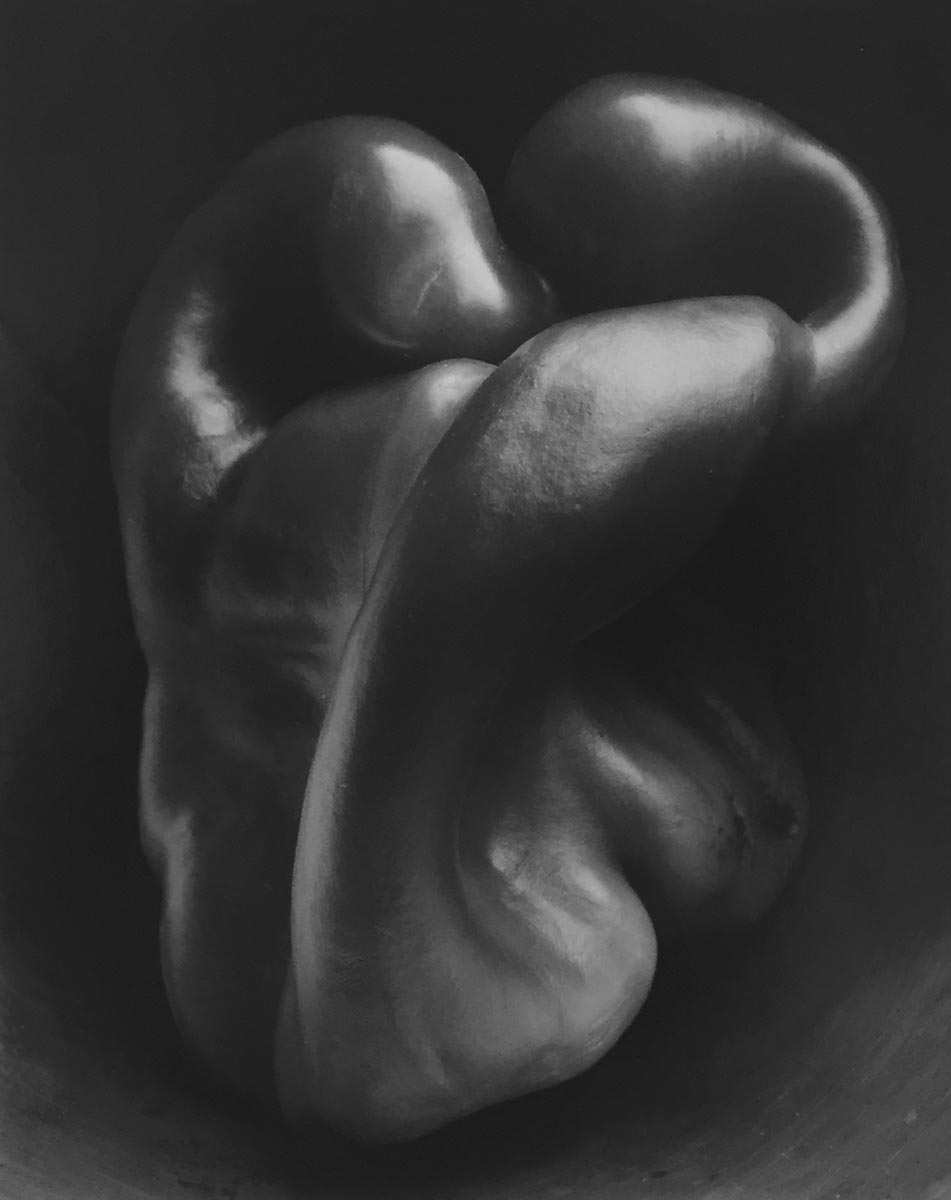


Photography is now widely practiced like a form of entertainment, which Sontag compared to “sex and dance”. So to you, when does photography become a form of art?
Photography has a long struggle before it is recognized as art. Saying that photography is art is nothing wrong, however, those who pursue art photography has a different mindset and turn their works into something different. The line has been blurry as photography does not have any discrimination, anyone can practice it.
My favorite definition of art is “refined labor”. A carpenter, potter or mechanic, when reaching the summit of their craft, will produce art instead of ordinary objects. Photography will become art if you go into photography with such thinking and labor. Saying only painting can be art is rather selfish.
Another issue noted by Sontag is that when photography becomes a part of the museum it becomes more about itself and less about its subjects, in a sense it becomes more form than content. What do you think about this?
If an image does not express, suggest or deliver anything, it is just an ordinary image. The definition of art to most is something pretty. But it is impossible to separate form from content. The beauty in appearance that fails to deliver the content is empty. Beauty then will just be decoration, a simple relationship between colors and composition; if the work cannot surpass this, it will die. The work needs to contain energy and vitality, something suggestive to invite us to explore.
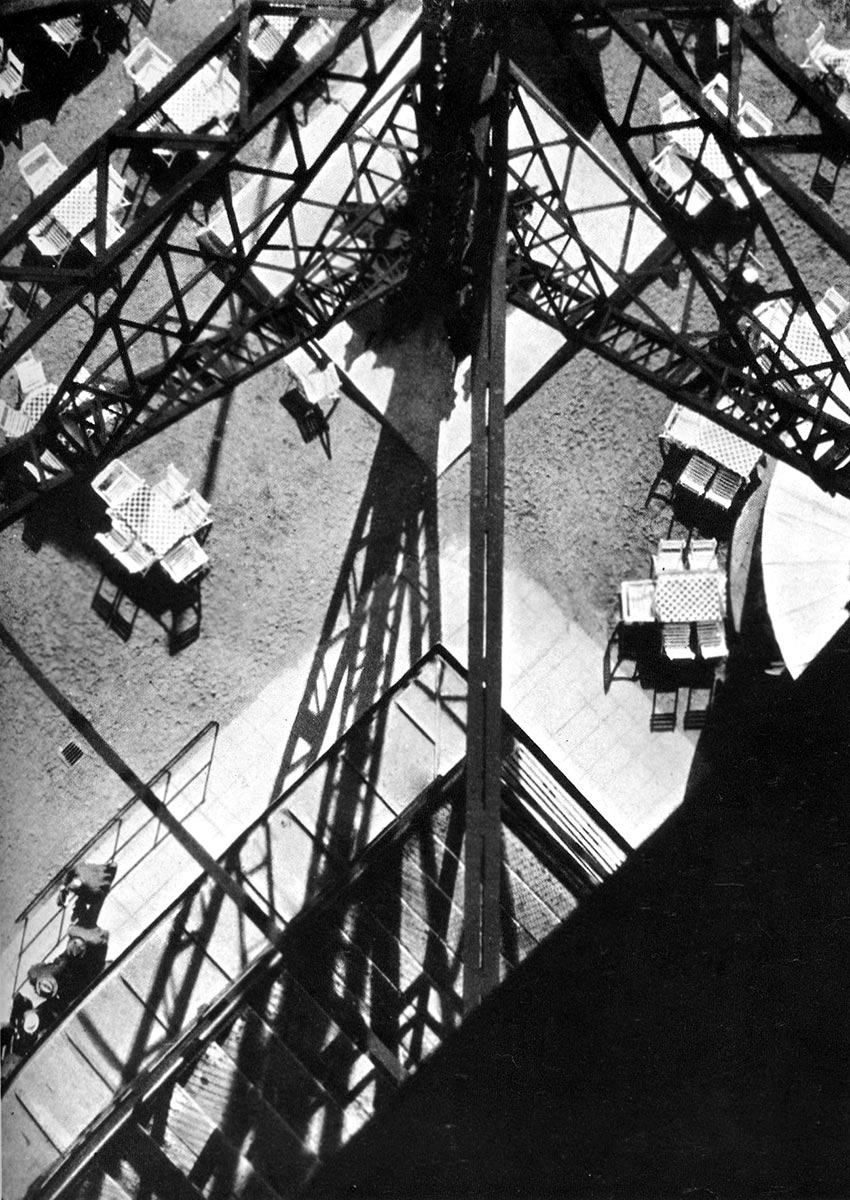

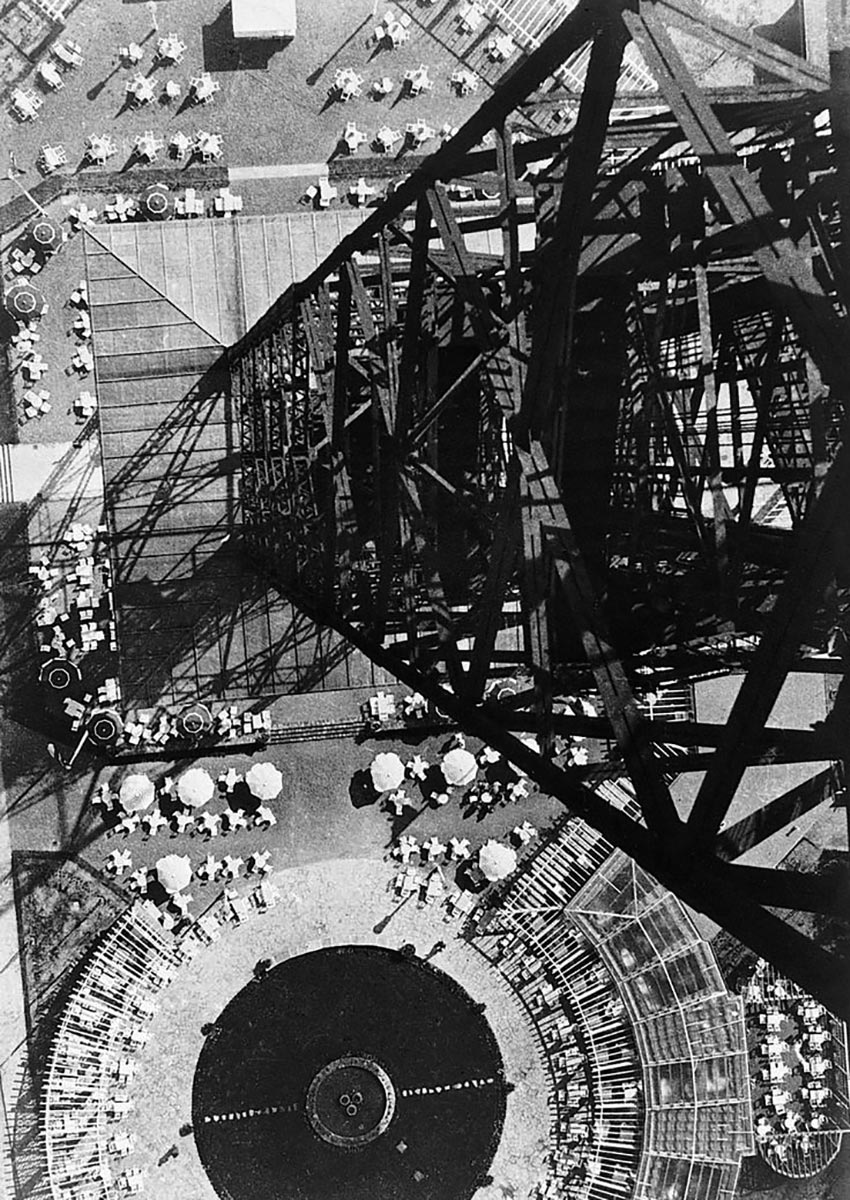
But will truth be lost in beautiful images?
“Beauty can’t exist with truth” – this is a trap. What is considered truth, what is not allowed to be beautiful?
It is true that people now prefer looking at images to reality. Our eyes as well as our ways of seeing are dictated by photography, just like how art is dictated by advertising. And like Sontag has said, photography is the most surreal, even more surreal than other forms of art. Which leads us further from reality. Let’s think about many people who have viewed photos of something, experience it in reality, then exclaim “It looks so beautiful in pictures, why is it like this in reality?”
It is the most dangerous, making things unreal. What is genuine photography and what is reality is becoming harder to decipher.
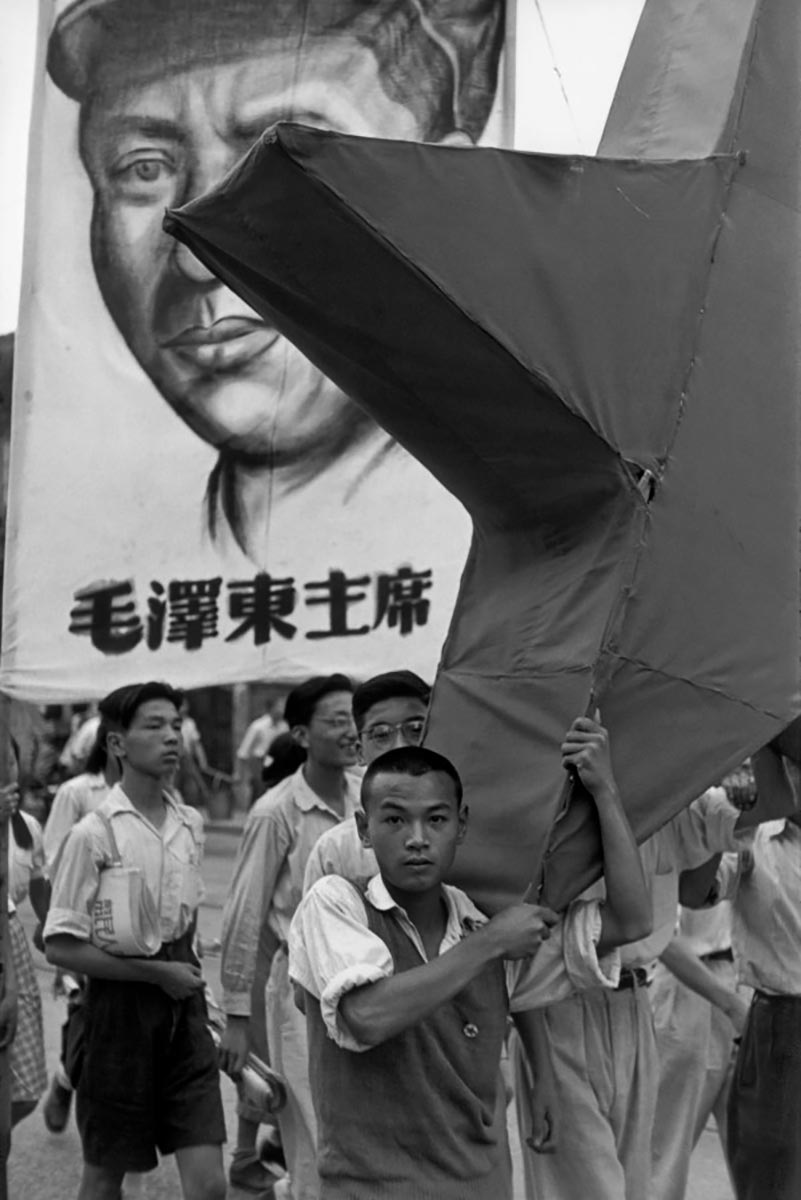
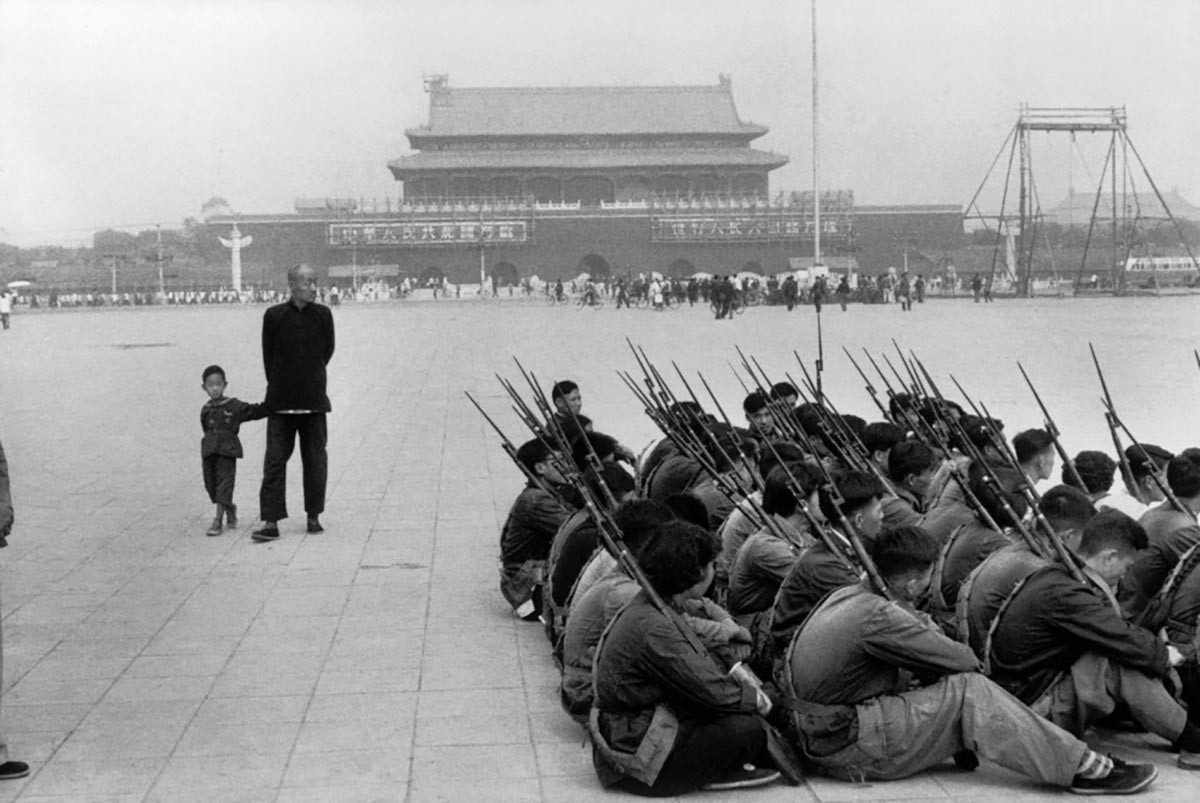

Photography’s original goal is to explore beauty, but its unfettered development has turned photography into beauty standards to follow, instead of encouraging shooters to invent new things. To you, will this have a negative impact on photography and the audience? Is photography being harmed by its own quick development?
I don’t think so. Beauty standards have always been diverse. The book has discussed Diane Arbus’s works, whose beauty is of monstrosity, but that is what the photographer spoke about. That makes the works vital, transporting viewers to another world.
Life is diverse and topics are endless. If you just copy and follow the beaten path, your photos will be boring. The book offers many suggestions, what they (people in other countries) have done, they have experimented and pursued many meaningful and particular issues. The question remains the same, but the answer is different everywhere.
Do you think photography in Vietnam largely follows the beaten path of prettiness? Would photographers and viewers need to equip themselves with visual literacy, especially when photos have the power to tell others’ stories as well as spread half-truths that lead to misunderstandings?
I don’t dare to make a comment on Vietnamese photography as I don’t follow the scene. But largely people in Vietnam are still taking travel-like pictures. Photos always have to be pretty, “exotic”, taking photos of ethnic minority people is the most eye catchy, elders have to look this way, children have to look that way. Works like that would merely be travel photos and are unlikely to appear in the world map of photography.
However, everything has their own market at different levels. We cannot force them to understand and be equipped just like ourselves. We cannot force someone to become like anyone. We need to clearly define where we want to go and accept that we can only seek understanding from those similar to us.

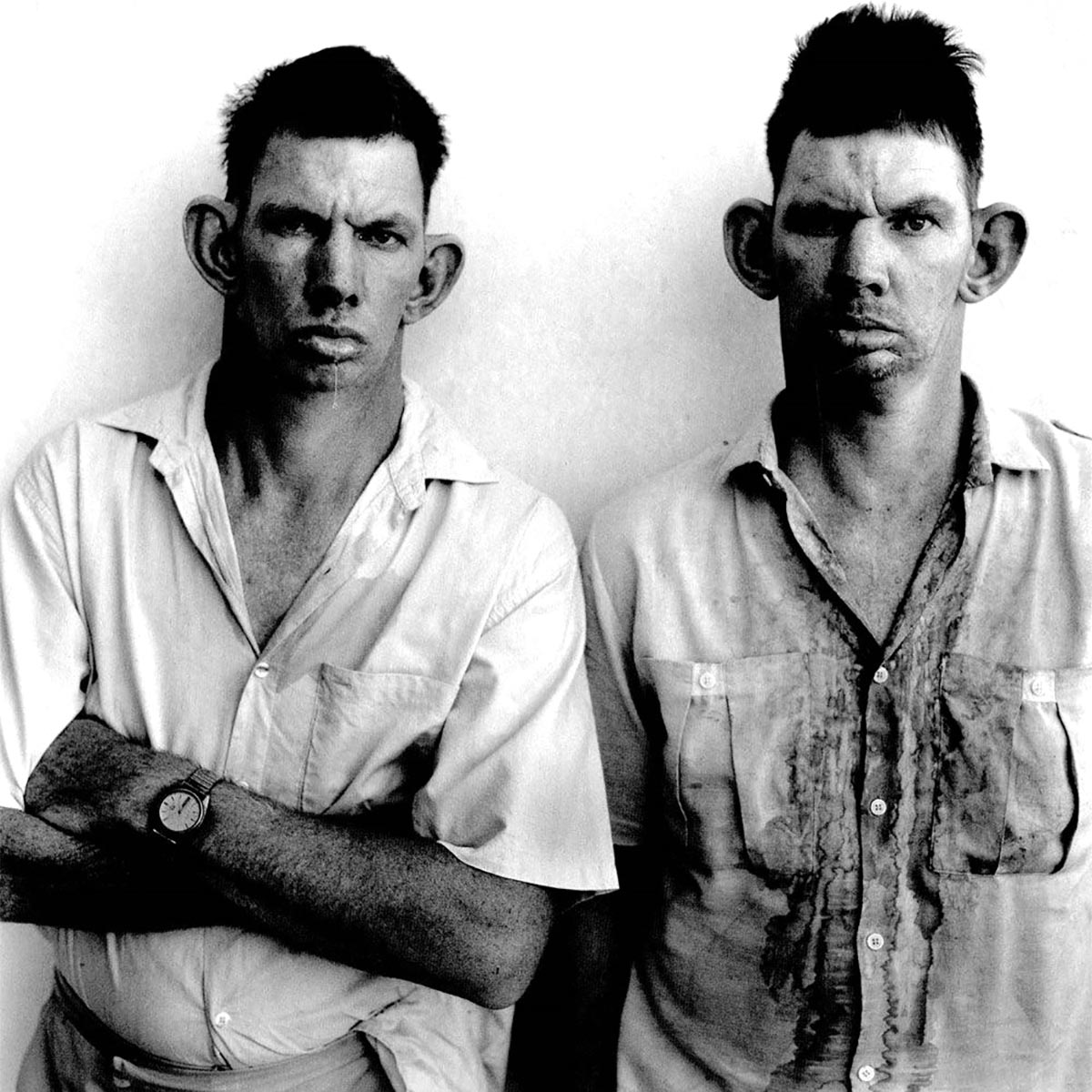
On Photography’s Vietnamese version Bàn Về Nhiếp Ảnh is published by Phuong Nam books, price 135.000đ.
